- English
- Español
- Português
- русский
- Français
- 日本語
- Deutsch
- tiếng Việt
- Italiano
- Nederlands
- ภาษาไทย
- Polski
- 한국어
- Svenska
- magyar
- Malay
- বাংলা ভাষার
- Dansk
- Suomi
- हिन्दी
- Pilipino
- Türkçe
- Gaeilge
- العربية
- Indonesia
- Norsk
- تمل
- český
- ελληνικά
- український
- Javanese
- فارسی
- தமிழ்
- తెలుగు
- नेपाली
- Burmese
- български
- ລາວ
- Latine
- Қазақша
- Euskal
- Azərbaycan
- Slovenský jazyk
- Македонски
- Lietuvos
- Eesti Keel
- Română
- Slovenski
- मराठी
- Srpski језик
GaN-based low-temperature epitaxy technology
2024-08-27
1. The importance of GaN-based materials
GaN-based semiconductor materials are widely used in the preparation of optoelectronic devices, power electronic devices and radio frequency microwave devices due to their excellent properties such as wide bandgap characteristics, high breakdown field strength and high thermal conductivity. These devices have been widely used in industries such as semiconductor lighting, solid-state ultraviolet light sources, solar photovoltaics, laser display, flexible display screens, mobile communications, power supplies, new energy vehicles, smart grids, etc., and the technology and market are becoming more mature.
Limitations of traditional epitaxy technology
Traditional epitaxial growth technologies for GaN-based materials such as MOCVD and MBE usually require high temperature conditions, which are not applicable to amorphous substrates such as glass and plastics because these materials cannot withstand higher growth temperatures. For example, commonly used float glass will soften under conditions exceeding 600°C. Demand for low-temperature epitaxy technology: With the increasing demand for low-cost and flexible optoelectronic (electronic) devices, there is a demand for epitaxial equipment that uses external electric field energy to crack reaction precursors at low temperatures. This technology can be carried out at low temperatures, adapting to the characteristics of amorphous substrates, and providing the possibility of preparing low-cost and flexible (optoelectronic) devices.
2. Crystal structure of GaN-based materials
Crystal structure type
GaN-based materials mainly include GaN, InN, AlN and their ternary and quaternary solid solutions, with three crystal structures of wurtzite, sphalerite and rock salt, among which the wurtzite structure is the most stable. The sphalerite structure is a metastable phase, which can be transformed into the wurtzite structure at high temperature, and can exist in the wurtzite structure in the form of stacking faults at lower temperatures. The rock salt structure is the high-pressure phase of GaN and can only appear under extremely high pressure conditions.
Characterization of crystal planes and crystal quality
Common crystal planes include polar c-plane, semi-polar s-plane, r-plane, n-plane, and non-polar a-plane and m-plane. Usually, the GaN-based thin films obtained by epitaxy on sapphire and Si substrates are c-plane crystal orientations.
3. Epitaxy technology requirements and implementation solutions
Necessity of technological change
With the development of informatization and intelligence, the demand for optoelectronic devices and electronic devices tends to be low-cost and flexible. In order to meet these needs, it is necessary to change the existing epitaxial technology of GaN-based materials, especially to develop epitaxial technology that can be carried out at low temperatures to adapt to the characteristics of amorphous substrates.
Development of low-temperature epitaxial technology
Low-temperature epitaxial technology based on the principles of physical vapor deposition (PVD) and chemical vapor deposition (CVD), including reactive magnetron sputtering, plasma-assisted MBE (PA-MBE), pulsed laser deposition (PLD), pulsed sputtering deposition (PSD), laser-assisted MBE (LMBE), remote plasma CVD (RPCVD), migration enhanced afterglow CVD (MEA-CVD), remote plasma enhanced MOCVD (RPEMOCVD), activity enhanced MOCVD (REMOCVD), electron cyclotron resonance plasma enhanced MOCVD (ECR-PEMOCVD) and inductively coupled plasma MOCVD (ICP-MOCVD), etc.
4. Low-temperature epitaxy technology based on PVD principle
Technology types
Including reactive magnetron sputtering, plasma-assisted MBE (PA-MBE), pulsed laser deposition (PLD), pulsed sputtering deposition (PSD) and laser-assisted MBE (LMBE).
Technical features
These technologies provide energy by using external field coupling to ionize the reaction source at low temperature, thereby reducing its cracking temperature and achieving low-temperature epitaxial growth of GaN-based materials. For example, reactive magnetron sputtering technology introduces a magnetic field during the sputtering process to increase the kinetic energy of electrons and increase the probability of collision with N2 and Ar to enhance target sputtering. At the same time, it can also confine high-density plasma above the target and reduce the bombardment of ions on the substrate.
Challenges
Although the development of these technologies has made it possible to prepare low-cost and flexible optoelectronic devices, they also face challenges in terms of growth quality, equipment complexity and cost. For example, PVD technology usually requires a high vacuum degree, which can effectively suppress pre-reaction and introduce some in-situ monitoring equipment that must work under high vacuum (such as RHEED, Langmuir probe, etc.), but it increases the difficulty of large-area uniform deposition, and the operation and maintenance cost of high vacuum is high.
5. Low-temperature epitaxial technology based on CVD principle
Technology types
Including remote plasma CVD (RPCVD), migration enhanced afterglow CVD (MEA-CVD), remote plasma enhanced MOCVD (RPEMOCVD), activity enhanced MOCVD (REMOCVD), electron cyclotron resonance plasma enhanced MOCVD (ECR-PEMOCVD) and inductively coupled plasma MOCVD (ICP-MOCVD).
Technical advantages
These technologies achieve the growth of III-nitride semiconductor materials such as GaN and InN at lower temperatures by using different plasma sources and reaction mechanisms, which is conducive to large-area uniform deposition and cost reduction. For example, remote plasma CVD (RPCVD) technology uses an ECR source as a plasma generator, which is a low-pressure plasma generator that can generate high-density plasma. At the same time, through the plasma luminescence spectroscopy (OES) technology, the 391 nm spectrum associated with N2+ is almost undetectable above the substrate, thereby reducing the bombardment of the sample surface by high-energy ions.
Improve crystal quality
The crystal quality of the epitaxial layer is improved by effectively filtering high-energy charged particles. For example, MEA-CVD technology uses an HCP source to replace the ECR plasma source of RPCVD, making it more suitable for generating high-density plasma. The advantage of the HCP source is that there is no oxygen contamination caused by the quartz dielectric window, and it has a higher plasma density than the capacitive coupling (CCP) plasma source.
6. Summary and Outlook
The current status of low-temperature epitaxy technology
Through literature research and analysis, the current status of low-temperature epitaxy technology is outlined, including technical characteristics, equipment structure, working conditions and experimental results. These technologies provide energy through external field coupling, effectively reduce the growth temperature, adapt to the characteristics of amorphous substrates, and provide the possibility of preparing low-cost and flexible (opto) electronic devices.
Future research directions
Low-temperature epitaxy technology has broad application prospects, but it is still in the exploratory stage. It requires in-depth research from both the equipment and process aspects to solve problems in engineering applications. For example, it is necessary to further study how to obtain a higher density plasma while considering the ion filtering problem in the plasma; how to design the structure of the gas homogenization device to effectively suppress the pre-reaction in the cavity at low temperatures; how to design the heater of the low-temperature epitaxial equipment to avoid sparking or electromagnetic fields affecting the plasma at a specific cavity pressure.
Expected contribution
It is expected that this field will become a potential development direction and make important contributions to the development of the next generation of optoelectronic devices. With the keen attention and vigorous promotion of researchers, this field will grow into a potential development direction in the future and make important contributions to the development of the next generation of (optoelectronic) devices.



